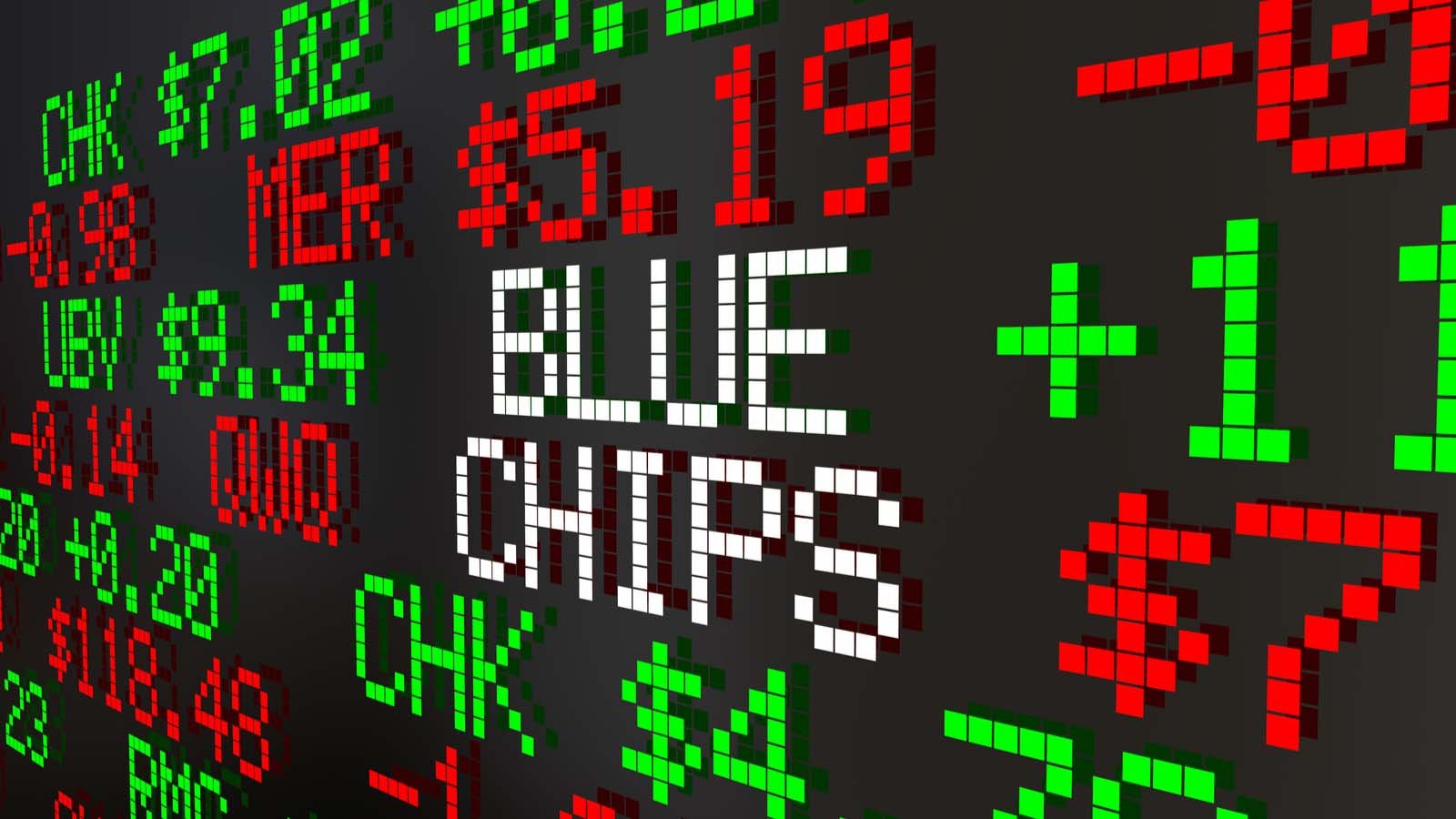It’s easy to lose sight of what those prices signify in a world fascinated with stock price movements: the value of owning a company’s future profit potential. The dividend, which is a cash payment paid to stockholders representing a portion of a company’s retained earnings, is one of the most important ways that profit potential becomes profit actualization in an investor’s pocket. The amount of earnings a firm has left over after paying dividends to its shareholders is known as retained earnings, which is listed under the shareholder’s equity section of the balance sheet.
Before we get into why dividends are important in the long run, consider the following graph, which shows how much of a difference reinvested dividends would make in a five-year holding of NYSE:KSU versus dividends held as cash and ordinary price appreciation.
Three values are plotted over a five-year period in the graph below:
1) The worth of a $100 investment in KSU that has only appreciated in value.
2) The present value of a $100 investment in KSU that has not been re-invested.
3) The value of a $100 investment in KSU if all dividends were reinvested immediately.
4) The value of a $100 NASDAQ:SPY investment if dividends were reinvested promptly.
Mechanics of Dividends
It’s important to note that dividends will be declared with an ex-date. This is the deadline by which a shareholder must own a share in order to receive the dividend. Because new purchasers will not have the opportunity to receive the dividend, the effective value of each share may go down by the size of the dividend at the conclusion of trade on that day.
The stock price could rebound beyond its previous level by the time the market opens the next day, or continue to lag after the dividend rights have been paid…this unpredictability is simply attributable to broader market factors that occur on any trading day.
Reinvested Dividend Value of Index ETFs vs. KSU
The graph above compares how much KSU dividends have been reinvested vs the popular ETFs SPY and NASDAQ:QQQ (which track the components of the S&P 500 and NASDAQ 100, respectively, and pay out dividends for their underlying securities). The bars could not be lower than zero since a reinvested dividend is a fraction of a business’s share, and company shares cannot be lower than zero. It’s also worth noting that the KSU bar indicates the ultimate difference between the red and blue lines in the first graph.
When looking at the price chart of KSU’s common stock, it’s clear that price appreciation alone misses out on a significant amount of value if one plans to own the stock for a long time. This is also true for other stocks; see all of Benzinga’s dividend statistics here (https://www.benzinga.com/calendar/dividends-ex) or in Benzinga Pro’s enhanced view./n



